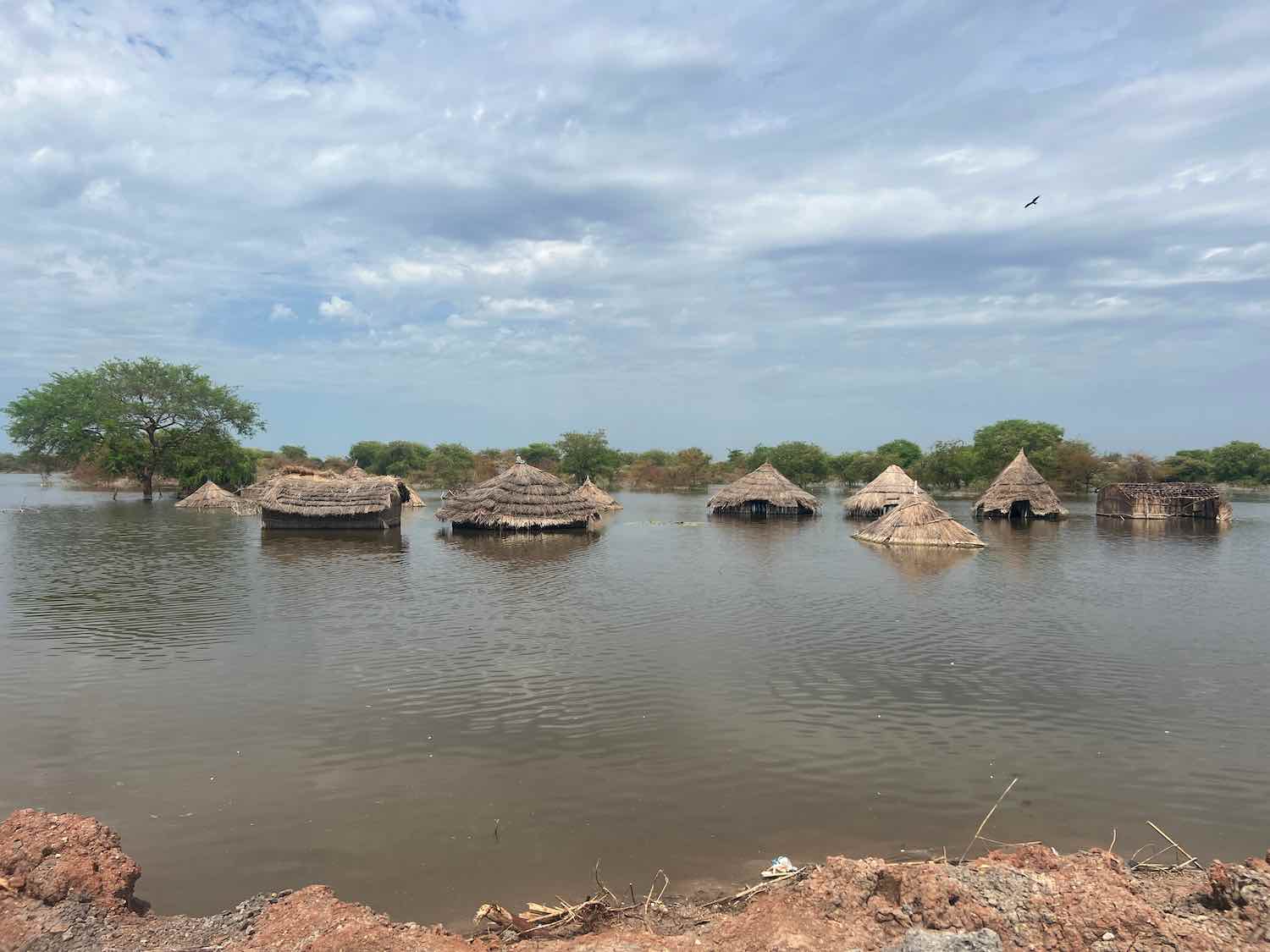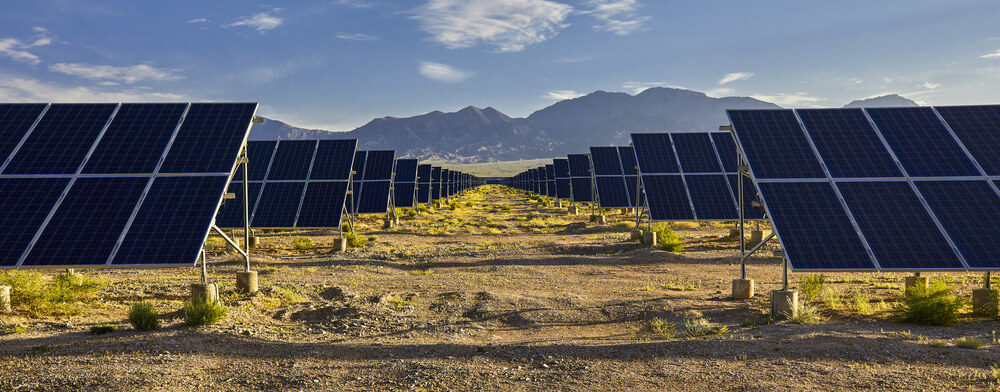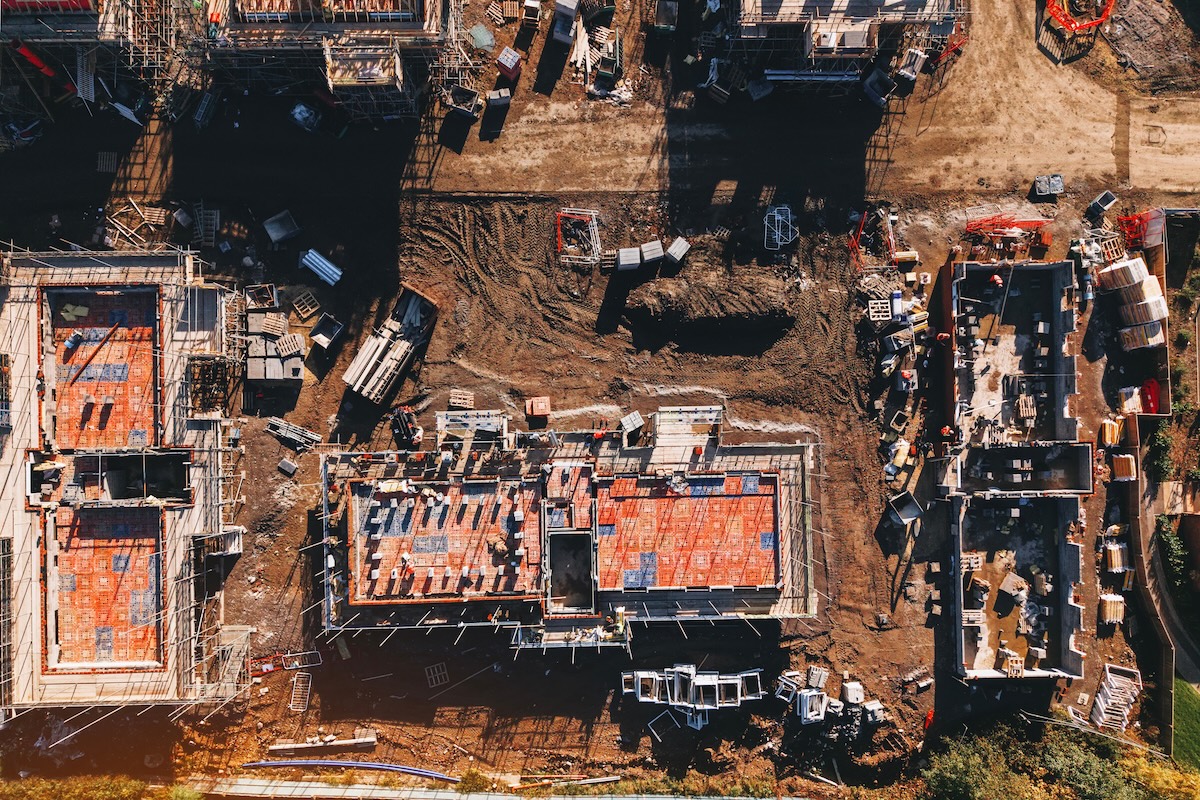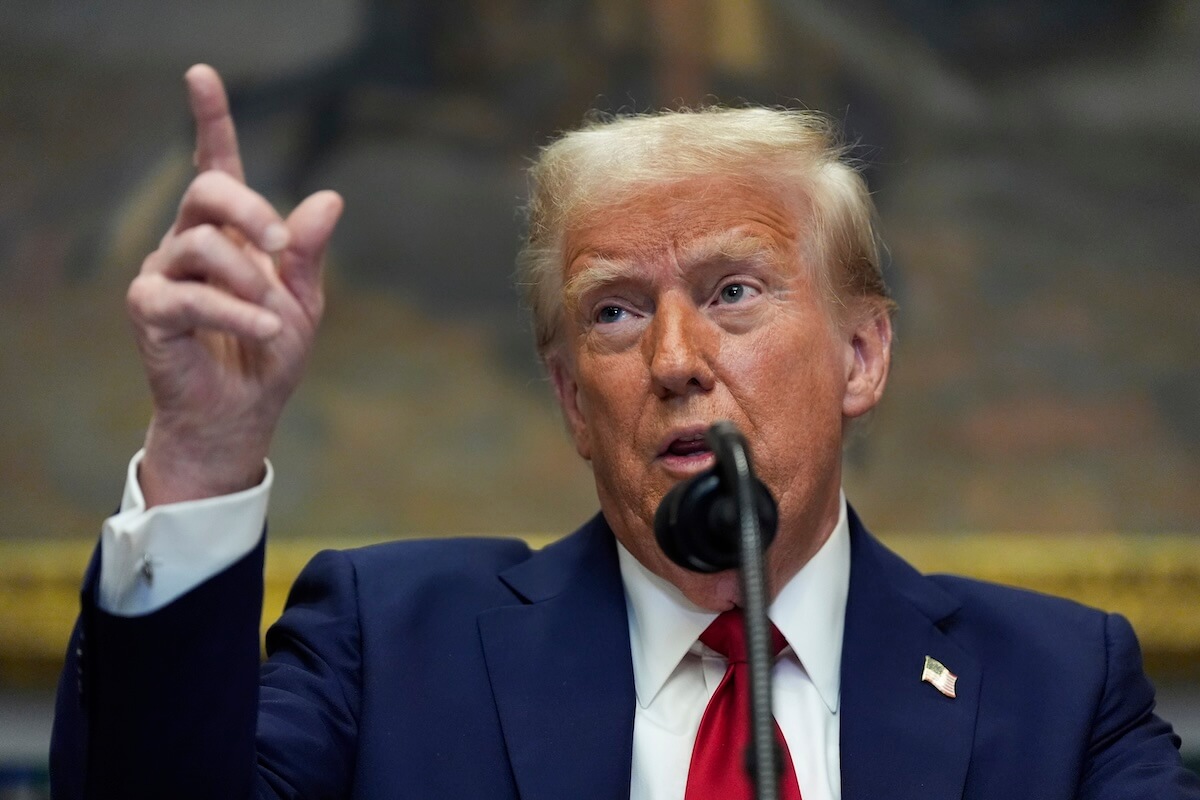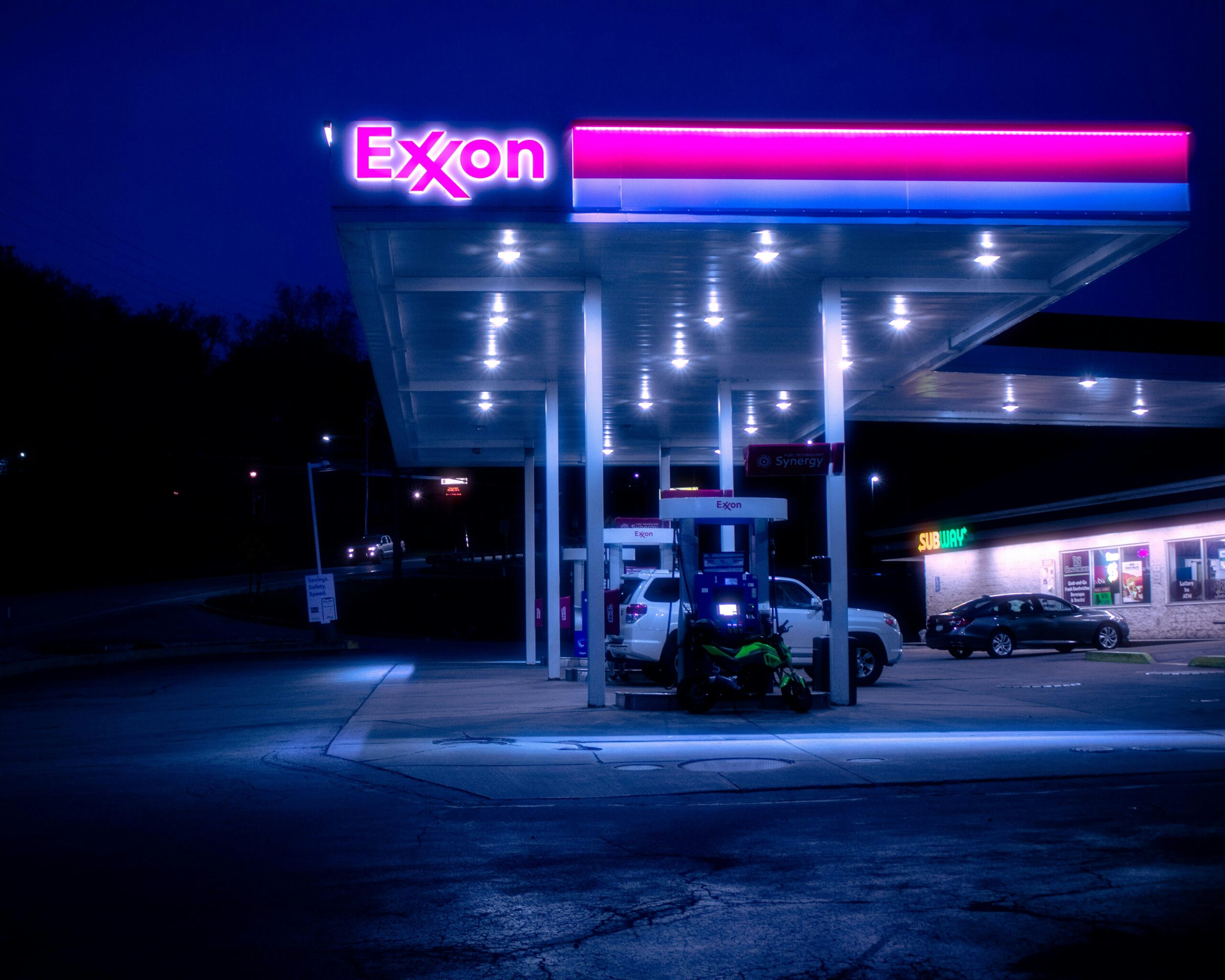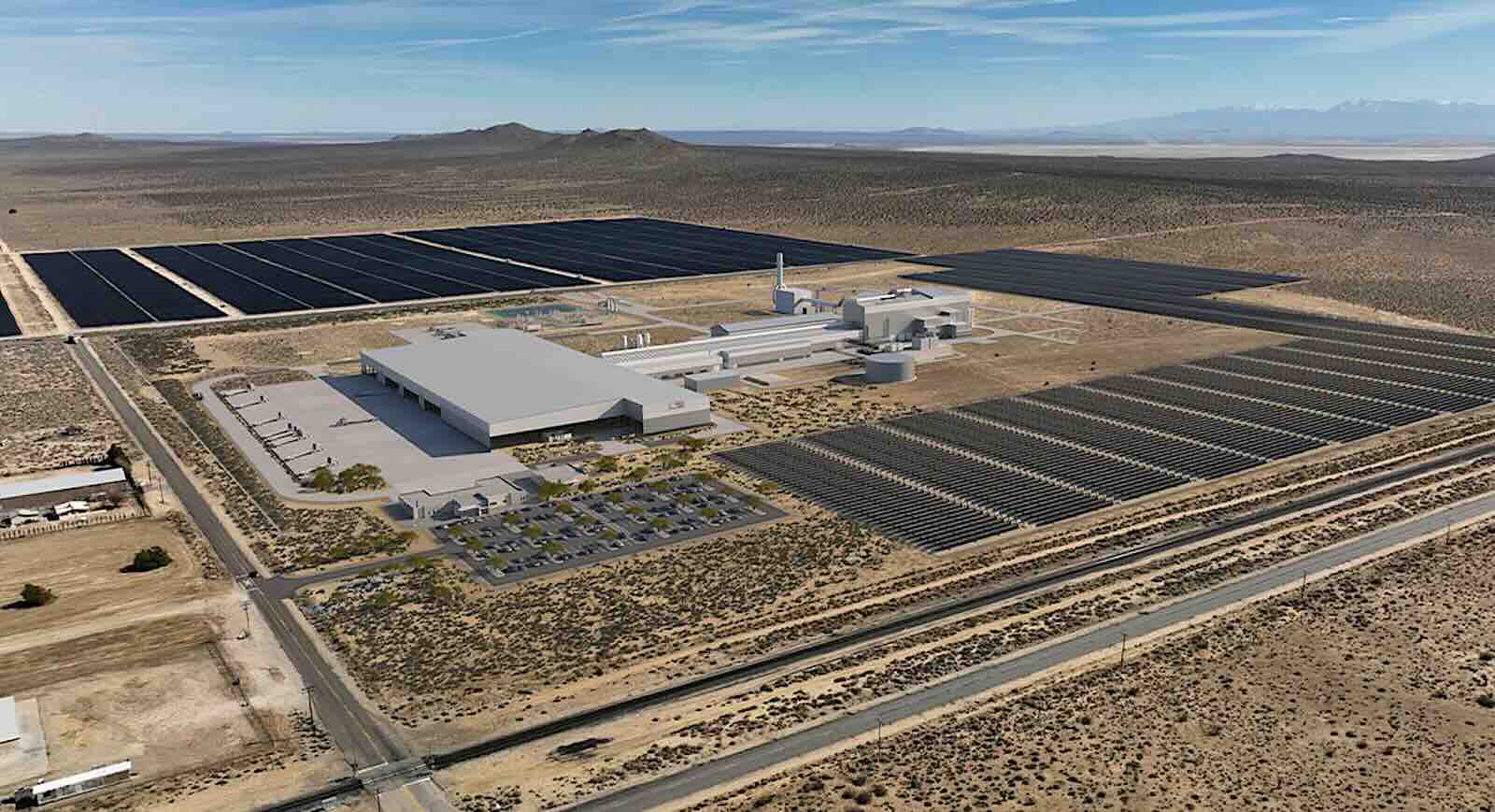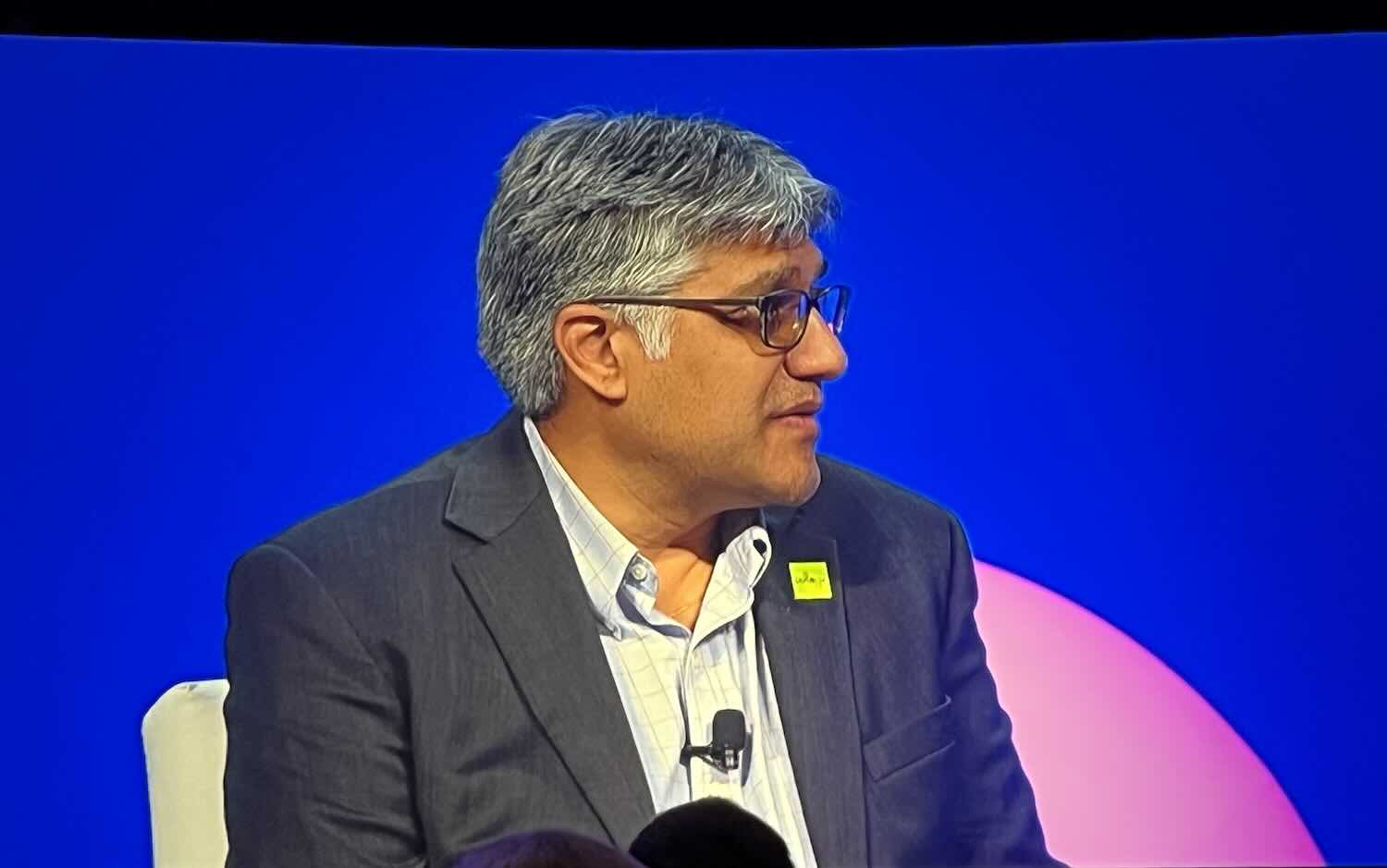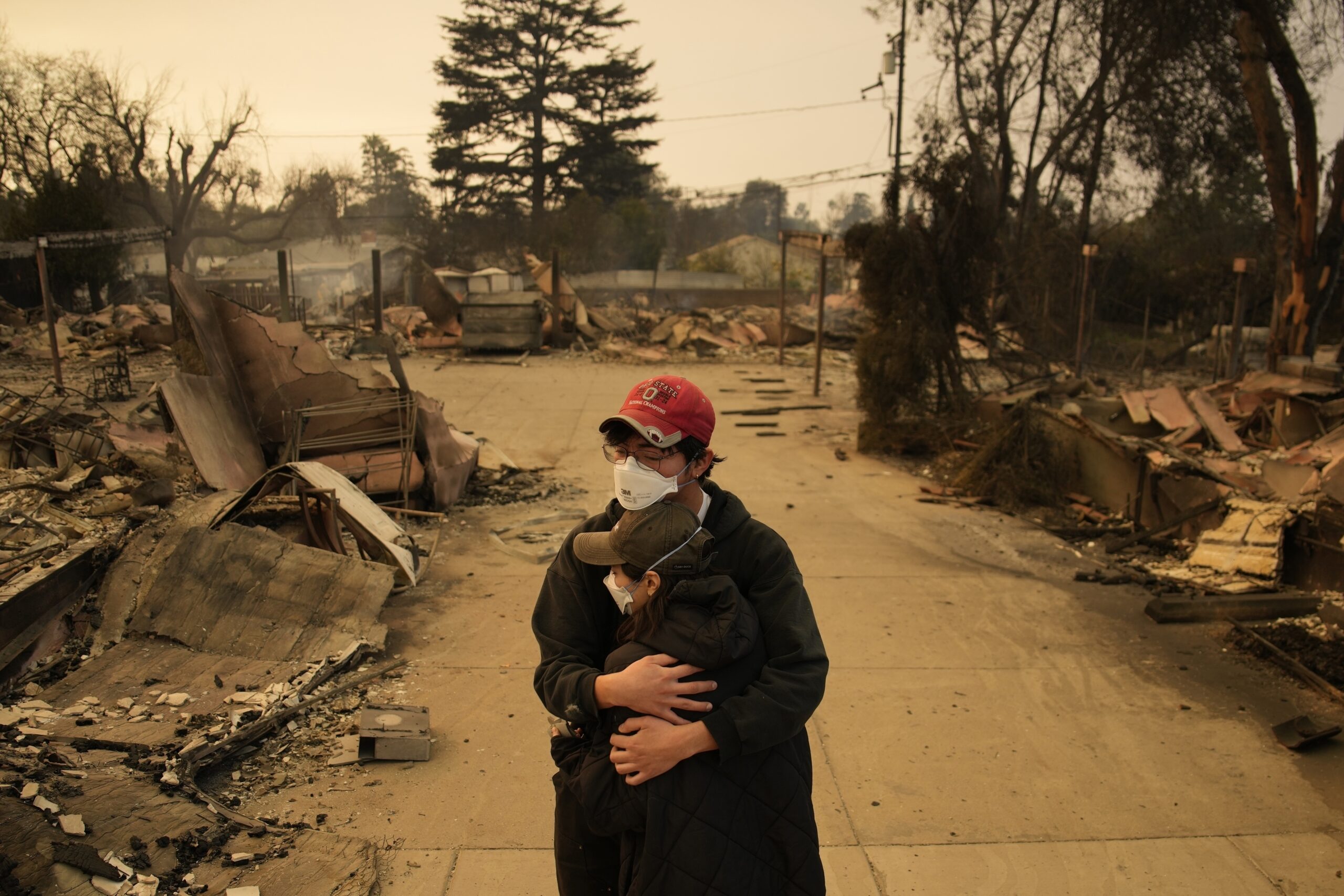One of the unequivocal wins at the COP28 climate summit in Dubai was the agreement, on the first day of the conference, to stand up a historic “loss and damage” fund. The idea is that wealthy countries that have contributed the most to global warming will compensate poorer countries dealing with the consequences.
The fund will complement humanitarian aid after climate-driven disasters, helping rebuild housing, schools, clinics and other efforts – “what happens when the humanitarians leave,” as Barbados’ Avinash Persaud put it.
There are details yet to be decided, such as who will be eligible to receive funding and how much of the funding will take the form of grants versus loans. But the decision to, in UN parlance, “operationalize” the fund was a “significant milestone,” said COP28 president Sultan al-Jaber.
The foundation was set at last year’s COP27 in Glasgow, Scotland, where nations agreed they would establish the loss and damages fund. Negotiating committees from the Global South and the wealthier North have since spent the past year hammering out details for how the fund will operate in practice.
Since then, floods have ravaged areas including Somalia, Libya, south Sudan and northern India, while wildfires swept Chile, Canada and Maui, underscoring the need for such a facility. With the formal launch of the fund at COP28, and more than $700 million in initial commitments, the loss and damages fund may be available to backstop vulnerable nations when the next disasters hit.
Here’s what you need to know as that work gets underway.
After agreement at COP27, four major obstacles stood in the way of operationalization
1. Liability
The loss and damages fund is often described as climate “reparations.” Rich, developed nations, led by the United States, fought hard to prevent the fund from imposing any kind of liability for historic emissions, fearing that could open the door to hundreds of billions of dollars worth of lawsuits. (The US prefers the term “climate impact response” fund). When developing countries fought to remove the line “does not involve liability or compensation,” US negotiating committee member Christina Chan said “we don’t see a pathway to an outcome” for the fund overall if the language is removed. Ultimately, it stayed.
2. Who contributes
In a similar vein, the United States led the developed nations in opposing language that would require certain countries to contribute. In the version passed Thursday, all contributions are voluntary.
3. How much they contribute
The US also pushed for all contributions to be at the discretion of the contributor.
Taken together, these three points mean that there are no hard deadlines, no target amounts, and no obligation to pay into the fund.
4. Where the fund would be housed
The fund’s money has to be stored somewhere. The US and EU pushed for it to be housed at the World Bank. The US traditionally appoints the President of the World Bank and has significant influence over the institution. Developing countries came out strongly against this recommendation, concerned over high hosting fees, the bank’s inexperience with climate finance, slow procedures and the US influence on the institution. Ultimately, a compromise was reached: the World Bank will house the fund for the first four years and then be re-evaluated until a more permanent home can be found.
That they were (mostly) solved before COP28 is a historic diplomatic achievement
For more than 30 years, small island states such as the Maldives, Fiji, and the Bahamas have been fighting for some kind of loss and damage fund. Diplomatic time moves slowly, but that it took just one year to move from agreeing to start the fund to operationalizing it is nothing short of a big success.
It was a “hard-fought historic agreement,” Avinash Persaud, special climate envoy and to Barbados a key negotiator, said. “A landmark day for climate justice,” chimed in Fanny Petitbon, the head of advocacy for humanitarian group CARE France.
The agreement started COP28 off on a positive note, although the UAE-hosted conference had its shares of ups and down.
More money, and less debt, is needed
It is generally agreed that the initial round of funding is a good start but not nearly enough. The United Nations Environment Programme’s 2022 Adaptation Gap Report estimates that developing countries will need upwards of $300 billion per year by 2030. As of Dec. 3, just over $700 million had been pledged.
Further, it is important that any funding is “new and additional.” According to the Loss and Damage Collaboration, “Redirecting funds from existing climate finance or development cooperation is counter productive” the climate activist group said following the fund’s operationalizing. Shifting already committed funds is like “robbing Peter to pay Paul,” said Petitbon from CARE France.
Advocates also point out that the money should be provided as grants, not loans that need to be paid back, which could further the debt crisis many climate-vulnerable nations face. “This agreement marks a step change in the global position on loss and damages and broader climate reparations issues. To cement this, these commitments must… ensure that its mobilization through the World Bank doesn’t add to indebtedness,” Colin McQuistan, the head of climate and resilience at development charity Practical Action, said.
The US is an outlier when it comes to pledges
“We have the capital,” Marilyn Waite of the Climate Finance Fund told ImpactAlpha from Dubai. “So when the loss and damage fund number started to trickle in with country commitments, it was taken as disrespectful, quite frankly, to the global majority, because it was peanuts,” Marilyn Waite of the Climate Finance Fund told ImpactAlpha from Dubai.
“The amounts pledged thus far “are really, really very modest,” Tom Mitchell, executive director of the International Institute for Environment and Development, an environmental research think tank in London agreed.
An optimistic take is that it’s still early in the capitalization phase and few details about how the money might be raised, who is eligible, and how it will be rewarded have been finalized. It’s not one-time deal either; the fund will have to be continually replenished. The US, fwiw, at COP28 committed $3 billion to the Green Climate Fund, a UN-backed vehicle to help low- and middle income countries mitigate emissions and adapt to the here-and-now effects of climate change.
The Natural Resources Defense Council is keeping a running track of all pledges.
New, innovative funding sources
Aside from how much money to contribute, wealthy nations like the US and Germany have fretted about where that money will come from. Domestic politics, wars in Ukraine and now Palestine and inflationary pressures have complicated the equation. Even climate-vulnerable countries recognize that, given the large sums needed – upwards of $300 billion per year – creative solutions may be required.
Mia Motley, the prime minister of Barbados and one of the most prominent thinkers in climate finance, has championed alternatives including new “polluter pays” taxes on windfall fossil fuel profits, international shipping, business class travel, and international financial transactions. “When you take $200 billion from oil and gas, $70 billion from international shipping, another $40-50 billion from international air travelers and a financial transaction tax, we have a dedicated source of funds,” she said.
Which countries are eligible?
At COP27, nations agreed the fund should assist “developing nations, especially those that are particularly vulnerable” to climate change. “Particularly vulnerable” was left undefined.
Among the details to be hashed out: what types of climate impacts the loss and damage fund will cover, from acute risks like extreme storms to more gradual risks like rising sea levels. “Developed countries have been saying that [immediate disaster recovery] is largely covered by humanitarian aid, so maybe the fund should focus more on medium- and long-term recovery,” Zoha Shawoo, a scientist working on loss and damage at the Stockholm Environment Institute, told Carbon Brief.
Typically, countries access UN climate funds by submitting project proposals, an onerous, lengthy process that can take years. Climate disasters and rebuilding efforts require a faster timeline. Several ideas have been floated, such as “trigger events” that would automatically grant funding, and reserving a specific percentage of the fund for small island states or developing economies in Africa and the Middle East.
What’s next
The broader backdrop for the loss and damages fund is the “Global Stocktake” mandated by the 2015 Paris Agreement. The stocktake assesses the world’s progress on climate change since 2015 (hint: it’s lacking) and sets new goals and priorities that will guide the world’s response moving forward.
William Ruto, the president of Kenya, said that the first global stocktake “is a crucial step forward in our collective response to climate change. It must encompass strategies for mitigation, adaptation, and addressing loss and damage.”
The final text doesn’t go quite that far but, in strong language for a diplomatic document, it “urges developed country Parties to continue to provide support and encourages other Parties to provide… for activities to address loss and damage.” As scientists predict another record setting year of heat, advocates hope the loss and damage fund will be ready for action within months.



